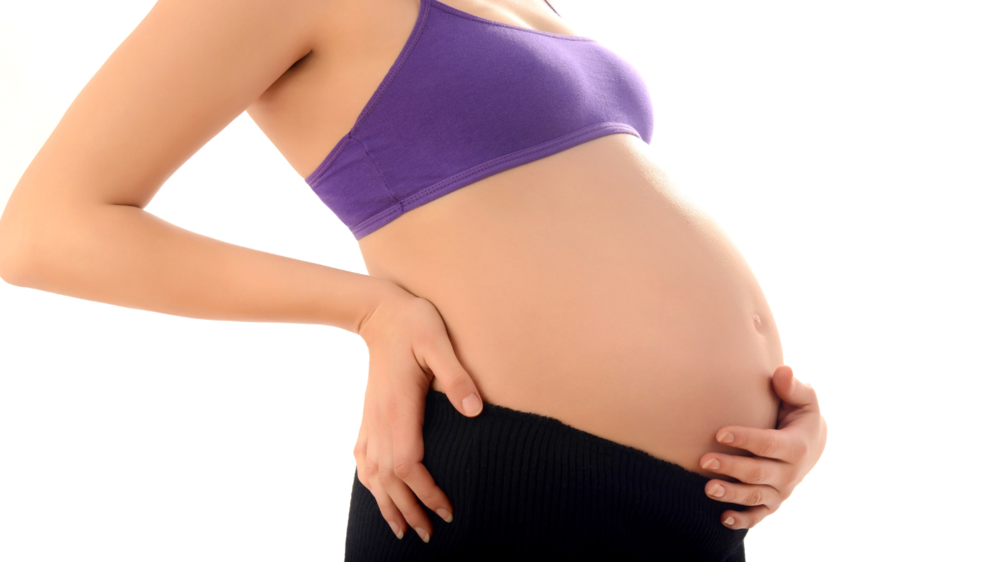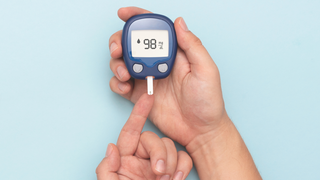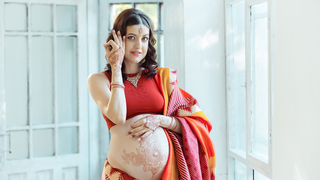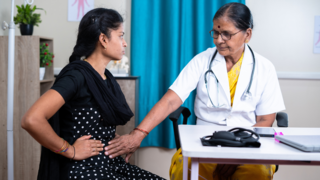But with all the myths floating around, it’s easy to feel confused or worried about whether your bump is “normal.” That’s why it’s important to know the facts. You can enjoy this amazing journey without stress by understanding what’s true and what’s just old wives’ tales.
Busting Common Myths About Your Baby Bump
You’ve probably come across blog posts or old wives’ tales saying that the size of your bump can reveal everything about your baby. Spoiler alert: most of those claims are just myths, not facts. Let’s clear up one of the biggest ones.Myth 1: A Small Bump Means a Tiny Baby
It’s easy to think that if your belly looks small, your baby must be small too. But that’s not really how it works. The size of your bump actually has more to do with your body shape and build than your baby’s weight.If you’re tall or have a longer torso, your baby has more room to grow upward rather than outward. That means your bump might look smaller even though your baby is growing perfectly well.
Myth 2: A Tiny Bump Promises an Easy Delivery
Hoping for a smooth birth? Don’t count on a smaller bump to make it happen. What matters more is how your baby fits into your pelvis and their position during labour. A perfectly average-sized baby can still take their time being born if they’re not in the right spot.Myth 3: A Small Bump Means Less Body Strain
You might hope that having a smaller belly means fewer pregnancy aches and pains, but that’s another myth. Every pregnancy is different, and bump size doesn’t guarantee an easier journey. Even with a petite bump, you might still deal with morning sickness, back pain, stretch marks, or Braxton Hicks contractions.Myth 4: A Small Bump Means You Should Eat More
You’ve probably heard the phrase “eating for two,” but that doesn’t mean doubling your meals. Having a smaller bump doesn’t mean your baby isn’t getting enough food or that you need to overeat. In fact, eating too much can make it harder to lose weight after birth. What really matters is eating balanced meals like foods rich in folic acid, iron, calcium, and protein.Myth 5: A Small Bump Signals an Unhealthy Baby
This one can make any parent worry, but it’s not true. A smaller bump doesn’t mean your baby isn’t growing well. Your bump’s size is shaped by your body type, muscle tone, and the way your baby is positioned, not just the baby’s actual size.Myth 6: High Bump Means Girl, Low Means Boy
You’ve probably heard people say things like, “You’re carrying high, it must be a girl,” or “That low bump means it’s definitely a boy.” It sounds fun, but it’s not true. The height or shape of your bump has nothing to do with your baby’s gender.Taller people often carry higher because they have more space in their abdomen, while shorter people might notice their bump sits lower or looks rounder earlier on.
Myth 7: A Big Bump Always Means Twins
If your bump looks bigger than you expected, people might jump to the conclusion that you’re carrying twins. But that’s not always the case. A larger bump can happen for many reasons, like having more amniotic fluid, your body type, or even weaker abdominal muscles from previous pregnancies that let your belly stretch more easily.The only way to know for sure if you’re expecting more than one baby is through an ultrasound scan.
What Your Bump Really Tells You
Your bump might not predict your baby’s gender or size, but it can give a few hints about your body and your pregnancy journey.Your Muscle Tone and Fitness
If your bump sits high and firm, especially in your first pregnancy, you can thank your strong core muscles. Fit people with toned abs provide extra support to the growing uterus, keeping the bump snug. Softer muscles might let the bump sag lower or stick out more, and that’s completely normal, too.Number of Pregnancies
Your body remembers every pregnancy. After your first, your muscles and ligaments become a little more flexible, which means your bump can show up earlier or hang a bit lower the next time around.Signs of Diastasis Recti
If you notice a slight ridge or bulge running down your belly when you sit up, it might be diastasis recti. It is a common condition where the two sides of your abdominal muscles separate as your bump grows. This can make your belly look more pointed or stick out in certain spots, especially later in pregnancy.Every bump is one of a kind, and that’s what makes it special. There’s no perfect size or shape, just your body doing its incredible work. Instead of comparing yourself or believing old myths, focus on staying healthy and feeling good.
Whether you’re pregnant, a new mom, or navigating postpartum, you don’t have to do it alone. Join our support group to connect, share, and support one another.
FAQs on Myths And Facts About Your Baby Bump
- When does a baby bump typically appear?
A baby bump usually becomes noticeable between 12 and 16 weeks of pregnancy. - What is the best sleeping position if I have a large baby bump?
Sleeping on your left side is recommended for better blood flow to you and your baby.








